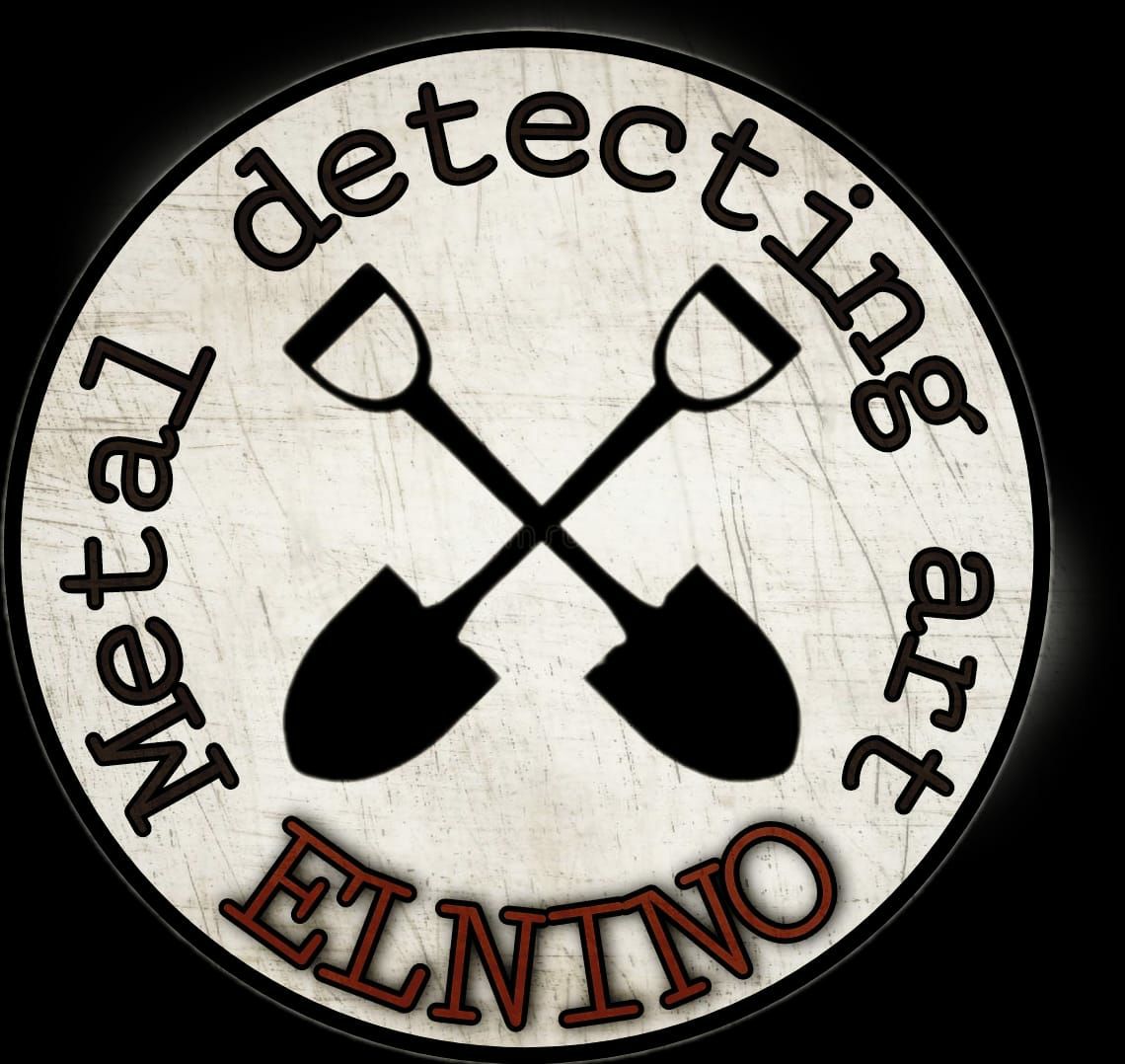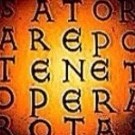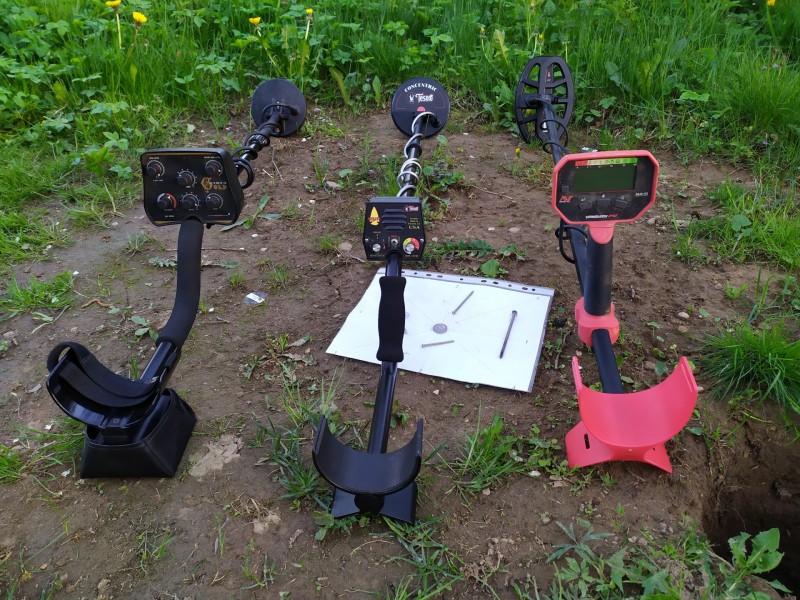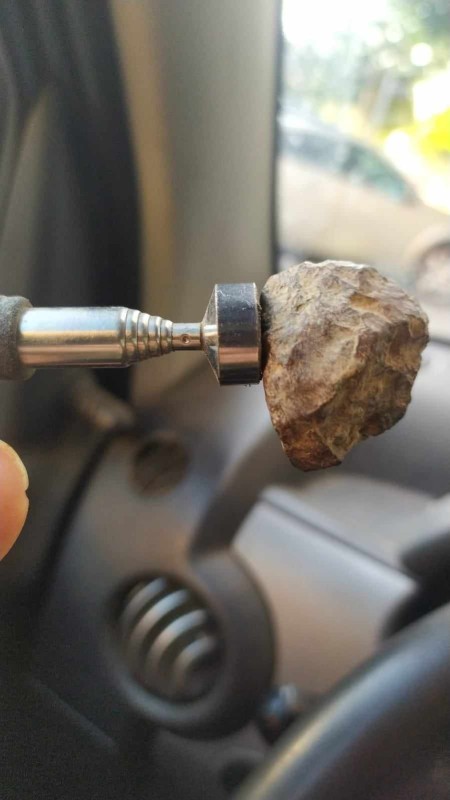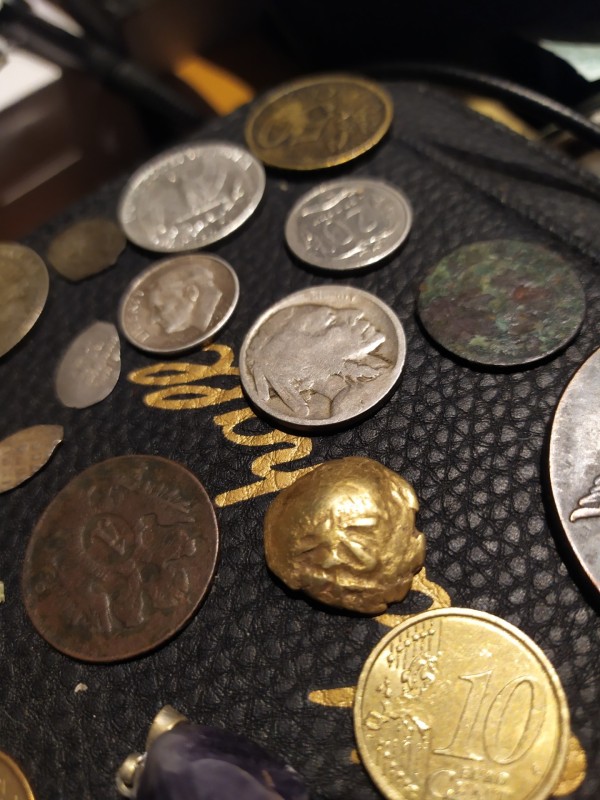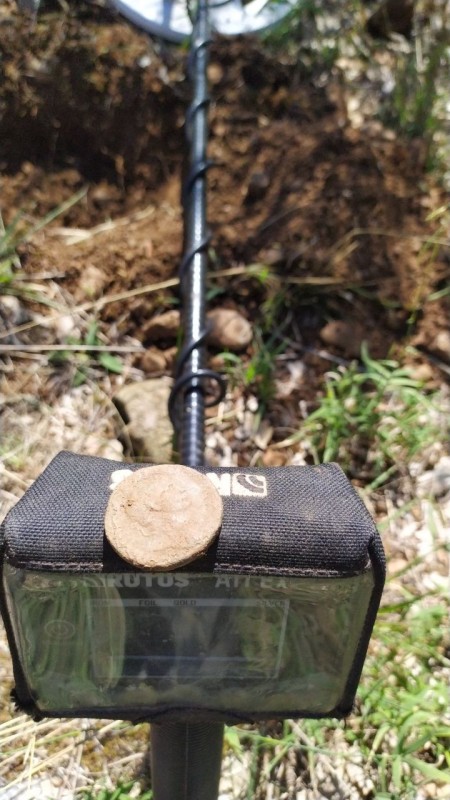-
Posts
1,330 -
Joined
-
Last visited
-
Days Won
1
EL NINO77 last won the day on January 22 2019
EL NINO77 had the most liked content!
Profile Information
-
Gender
Male
-
Location:
Slovakia
-
Interests:
Metal Detecting Art
-
Gear In Use:
Whites Spectra V3,MXT Pro,Tek.G2,Rutus VERSA, ATREX, ALTER 71,,Vista Gold Gain,Golden Mask CK,Equinox 800,ETRAC,CTX 3030,Garrett ATX,Ace 400,Goldmaster24k,AKA Signum,Tesoro Mojave,XP DEUS,ORX,
Contact Methods
-
YouTube
https://www.youtube.com/channel/UCBXbWqcRN2alvinJKPOhtZA
Recent Profile Visitors
The recent visitors block is disabled and is not being shown to other users.
EL NINO77's Achievements

Gold Contributor (5/6)
2.8k
Reputation
-
Andrew, I'm very glad that you're increasing your score again in found gold coins...and congratulations... Another thing that pleased me is... that you take really seriously... the detection of targets by ID... when you are in a place that is worth it... I wish you another successful search for other nice signals...👍...
-

Anyone Use A DeepTech Vista X ?
EL NINO77 replied to Redneck's topic in Metal Detector Advice & Comparisons
After further testing on the iron carpet, I optimized the Vista Gold Gain 30 khz detector setting... for this 2D separation situation in detecting the target under the iron carpet... the results are really better... Vista X will have a slightly different setting...but it is good to spend some time to optimize the setting, to detect in dense iron occupation ... -

New Detectors To Start From Nokta
EL NINO77 replied to Luis's topic in Nokta / Makro Metal Detectors
Don't get me wrong...I think Minelab already showed in the case of the Vanquish 340 how cheap a multi-frequency detector can be...practically, it's still the cheapest multi-frequency detector on the market. What does electronics mean at the highest level... Fighting detectors in the lowest weight / price category / does not have to be a priority for Minelab... What does electronics mean at the highest level... Fighting detectors in the lowest weight / price category / does not have to be a priority for minelab The price offer of Minelab Manticore, which is now 400 euros less.. than mine, is fine... and does not indicate a problem with Minelab at all. Here in *Europe.. Manticore with a large coil is now available for free.. for many it is a really tempting offer... On the contrary.. By producing many new detectors, Nokta can show that it is going somewhat in the direction that the Fisher company went until recently... where small changes meant a new detector model... simply too many new detector models in a short time. it reminds me of the times when Nokta created detectors under the two brands Nokta and Makro.. -
If I were to compare the Rutus VERSA with other detectors... it has a really good performance on highly conductive targets...,, on medium conductive targets as well,,, and on low conductive targets it has a performance .. which can really exceed the best detectors on the market...... regardless of the price class...
-

Rutus Emi Preview Screen Fun
EL NINO77 replied to JCR's topic in Metal Detector Advice & Comparisons
I will also do a test... but minelab FBS works at two frequencies... 3.4khz and 24khz... -

Minelab Vanquish 340 And 'all-metal' Mode Recovery Speed
EL NINO77 replied to mcjtom's topic in Minelab Metal Detectors
When comparing the Vanquish 340 programs separately, you have to take into account one more thing... that the coin program and the jewelry program and the all metal program have a different level of discrimination... the sperky program has a fixed discrimination set to 0, while the coin program has a fixed discrimination set to 10.... the program "all metal" does not have any discrimination set, but it has a setting with the setting "tone break" /tone discrimination at 0/... so such a setting can have an effect on the separation of good targets in iron... the Vanquis 440 and 540 models already have an independent discrimination setting in all programs, "and in this way, in my opinion, they can achieve somewhat better separation results in some of their programs.. -

New Rutus Detector Announced
EL NINO77 replied to xawi29's topic in Metal Detector Advice & Comparisons
One of the test videos from Iffy Signal /Mike/... shows the deep possibilities of Rutus VERSA on the new 3.7 NC software... -

Minelab Fy23 Investor Presentation For 2024 - No GPZ 8000?
EL NINO77 replied to phrunt's topic in Minelab Metal Detectors
It must be recognized that Jasong does not lack enthusiasm,, about how technical progress in detectors can subsequently influence the development of detectors with better detection possibilities,,, which current gold detectors have.... To assume that each new generation of gold detectors can achieve a better depth of detection for a certain target size.. say by 10% on a standard large coil,, Is it a little deep or is it deep enough...? But I also understand Steve well...who has been a tester of many excellent gold detectors...and who may know more about...how difficult it is to achieve even that 10% more depth of detection... Is it realistic that every 7-10 years we get a new detector that gives us a 10% better depth of detection...? -

New Technology Detector From Fisher
EL NINO77 replied to Knomad's topic in Detector Prospector Forum
People... keep respect for Fisher... the company produced very good models of detectors, which brought wonderful discoveries to many detectorists... I myself feel that Fisher can surprise when it comes with a new detector model... -
1. First of all, I never evaluate the quality of a detector based on its price, but based on its detection capabilities, as well as the ability to reliably detect in difficult or challenging, for example, iron-contaminated terrain... 2. another important attribute of the detector is the quality of discrimination, proportional audio information about the size of the target, as well as the scale of the VDI target - which allows me, for example, to selectively select targets from the field, for example, from a certain VDI range... and thereby increase the effectiveness of detection even when searching very small hammered coins... and at the same time significantly limit, even eliminate, for example, the digging of various large aluminum, foil, lead shot, as well as other very small waste... Here we can assign, for example, a good identification of medium and larger iron... which often confuses many detectors... and considers it a good target... 3...the third important element is the technical parameters of the detector in the area of sensitivity and range of the detector, for example, to very small targets..., as well as the ability to unmask targets between iron,, or in a mineralized or conductive field or a field that contains ceramics, which it can strongly limit the deep detection of good targets in such a terrain,,,and this is another important detection factor. 4 ..an important factor in the detector is the assortment of different sized coils... because standard coils have their detection limits... in, say, more difficult detection situations... either in the maximum depth of detection or in better unmasking of targets... 5. Since I am also from Europe, and I detect in old places from 1000-3000 years old history... I condition my detection style to such demanding conditions... I have a really sufficient number of detectors in my portfolio and I have the possibility to publish in their detection detection capabilities as well as their good features as well as shortcomings... in a given type of detection... or type of terrain... 6.. for me, the important thing is to test my detectors for a specific detection situation.. which I have encountered, for example, in detection.. and digging a target and simulating the same conditions for the test... these are separation or tests in heavily mineralized terrain.. where I check the ability of detectors as well as various large coils to deal with such a detection situation.. It should be said here that I also focus on testing detectors to find the so-called universal setting of the detector - which can cope with different types of terrain as well as enable effective unmasking of targets without excessive loss of detection depth for the given detector. 7.. Finally.. the ability of the operator to correctly set the detector for the given terrain is often a decisive factor in the success of the detection.. because only very few detectors can correctly and universally detect on one program setting... - and here the hours spent with the given detector in terrain..

